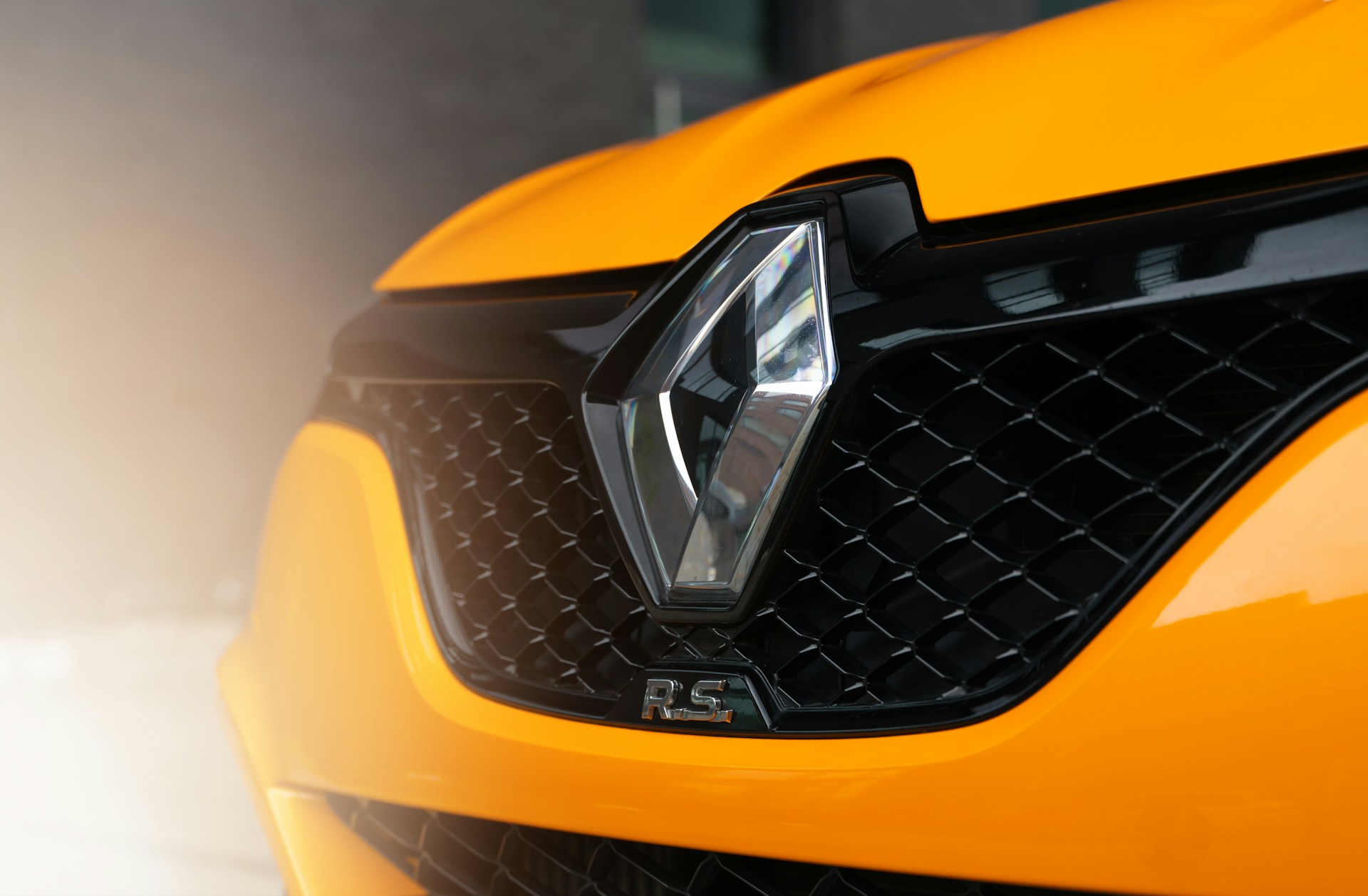Focus on the Full Life Cycle
Renault’s subsidiary Ampere has developed the Embleme with sustainability at its core, aiming to drastically reduce carbon emissions throughout the vehicle’s entire life cycle — from production to end-of-life disposal. The ambitious target: a 90% reduction in CO₂ emissions compared to a 2019 model. Over a 15-year lifespan and 200,000 kilometres of driving, total emissions are expected to remain below five tonnes. This is made possible through a hybrid energy system combining a 40-kWh battery with a hydrogen fuel cell, which together cover around 75% of the car’s energy needs.
The Embleme is constructed using 50% recycled materials and is almost entirely recyclable. Inside, the vehicle features natural fibres such as linen, flax, and pineapple leaves — all used without any animal-derived materials or adhesives. With a total weight of just 1.8 tonnes, the vehicle aims to reduce its carbon footprint not only in daily use but also during its manufacturing phase.
No Plans for Mass Production
More than 20 partner companies, including industry giants ArcelorMittal and Michelin, collaborated on the Embleme project to create lower-emission materials and components. For instance, the door handles are made from 65% recycled materials. Thanks to a streamlined design approach, the number of main components was cut down to just seven — significantly conserving resources and reducing production emissions by up to 70%.
Despite being fully functional and suitable for everyday use, the Embleme is not intended for mass production. Instead, it serves as a research platform for testing innovative technologies, materials, and manufacturing processes. Renault plans to incorporate insights gained from the Embleme into future production models as part of its broader ambition to become climate neutral in Europe by 2040.
The Embleme makes a powerful statement: sustainable mobility starts not just on the road, but from the very first design sketch.
